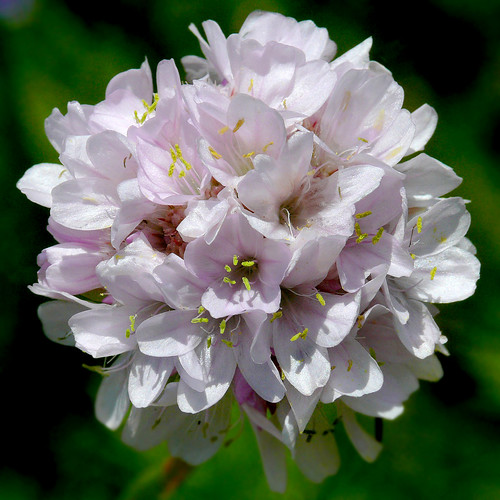How to paste nice flowering plants in a herbarium sheet?
I am supposed to collect a dicotyledonous angiosperm and a monocotyledonous angiosperm. I am thinking of pasting an inflorescence of Tagetes patula for the dicot species. So, I wanna know some tips to do this work fine and smoothly.
How do I paste the flower flat? Do I have to preserve and press the inflorescences (like under a heavy weight) for some weeks and wait for the chlorophyll of the leaves to fade a little? What's the ideal length and breadth of a herbarium sheet? What info should it contain?
I need to know how to make a perfect herbarium sheet.
Thanks in advance for your help!
inflorescence best answer:
Answer by mick
Here's some tips:
-To carry the plants you collect, put them in sealed plastic bags. The air trapped inside the bag will prevent your plant from being squashed. Keep them shaded from the sun. On particularly hot days, put a damp paper towel in the bag, that will help keep them fresh until you get home. Label the plants the moment you collect them. As soon as you get back home put them to dry between paper sheets and under a weight. Change the sheets every day until the plants are completely dry.
-Your sample should have all the parts of the plant, not just the flowers. Small plants should be collected whole, including the roots. If they are too big, like bushes or trees, it's ok to just collect a small branch but make sure you pick one with both leaves and flowers.
-Herbarium specimens should not be glued to the sheets but held down with strips of paper and pins. This way, if necessary, the specimen can be removed to be examined, and then re-attached to the sheet.
-There is no standard size for herbarium sheets. Some institutions require a certain size but this may vary from place to place. The bigger the better, but the ideal size actually depends on the size of the shelves or boxes were the specimens are to be kept.
The label should contain:
-place and date of collection (where and when you found the plant)
-other info on the place (elevation, habitat, and so on)
-name of collector (you)
once the plant is identified you can add
-plant's scientific name
-name of person who identified it
For more detailed instructions google: "herbarium specimen preparation" and you will find many helpful sites.
inflorescence
Armeria denticulata #1

Best viewed @ large size
Plumbaginaceae - Italy origin of plant above
Thrift, Sea Pink
Shown: Detail of inflorescence; flower cluster approx. 4 cm in diameter
The more familiar member of the genus is A. maritima:
en.wikipedia.org/wiki/Armeria_maritima
Photographed in U.C. Botanical Garden at Berkeley - Berkeley, California
Orignal From: How to paste nice flowering plants in a herbarium sheet? and Armeria denticulata #1
No comments:
Post a Comment